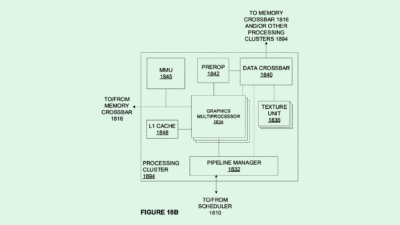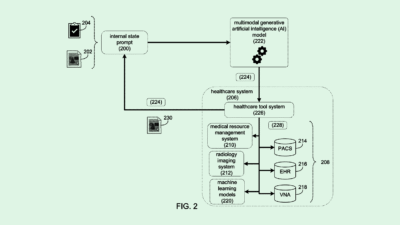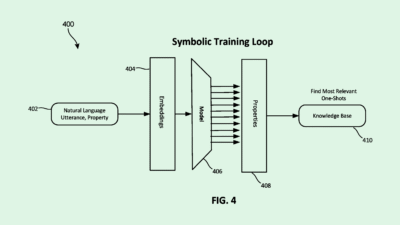Why Zoho Built its Own Proprietary Language Model
You don’t need an LLM that can do everything, one developer argues. Bespoke design is more effective and less expensive.
![In this photo illustration, the Zoho Corporation logo is seen displayed on a smartphone screen. (Photo by Thomas Fuller / SOPA Images/Sipa USA) *** Strictly for editorial news purposes only *** (Newscom TagID: sipaphotostwentytwo000199.jpg) [Photo via Newscom]](https://www.thedailyupside.com/wp-content/uploads/2025/08/sipaphotostwentytwo000199-scaled.jpg)
Sign up to get cutting-edge insights and deep dives into innovation and technology trends impacting CIOs and IT leaders.
How much ownership do you want over your tech stack?
That’s the question that Raju Vegesna, global chief evangelist at cloud software firm Zoho, and his team pondered when deciding to build Zia, its own proprietary language model, from the ground up. Building Zia has allowed Zoho more control over the privacy, accuracy and outcomes of its AI deployments, said Vegesna.
“Most cloud companies don’t own their clouds,” said Vegesna. “And most AI companies don’t own the key part that makes them an AI company, which is the model, which is the heart of it … It’s like car companies that don’t make their engines.”
Zia isn’t just a single large language model, said Vegesna, but rather several language models of different sizes, patched together.
- Rather than using one massive model for every task, the system automatically routes tasks to the one that’s the best fit, depending on the complexity of the query. If it’s a simpler task, for example, it may be routed to the smaller Zia model that has 1.6 billion parameters. By early next year, the company aims to implement a 200 billion-parameter model into Zia.
- The adjustable framework allows Zoho to cut AI-related costs by only using the amount of compute necessary for any given task, said Vegesna.
- “There’s a role for everything,” said Vegesna. “And it comes down to the problem we are trying to solve. You don’t need an LLM for anything; that will require a bunch of resources.”
Along with lowered costs and energy efficiency, one of the biggest benefits of building an internal model is privacy, said Vegesna. By creating its own model from scratch, Zoho has been able to control the input and “guarantee the output in terms of privacy,” said Vegesna, especially because the company “doesn’t believe in training on customer data.”
Alternatively, in fine-tuning one of the major LLMs or building from an open source model, privacy and accuracy wouldn’t be as easy to guarantee to customers, said Vegesna. “We do not have much insight into what data it was trained on.”
“By not controlling the input, we cannot stand up to our word to our customers and say that we’re going to respect their privacy,” Vegesna said.
Though building these models isn’t a simple endeavour, enterprises interested in AI need to ask themselves whether technology sits at the core of their company, he said. If your products and services revolve around technology, or heavily rely on it, then the benefits may outweigh the costs.
“If technology excites you, I would say do it,” said Vegesna “If you’re a technology company, you’ve got to own the technology. If you’re a car company, you have to own the engine.”











